The grand monument stood before us, awe-inspiring in a bright white-washed facade with touches of light grey under the midday sun. The mid-19th century British colonial building was capped with a silverish tiles-clad dome, accentuating its regal appearance. The National Museum of Singapore was our launch point to explore the country – my second time to the city-state and James’ first since 1998 – fittingly so to better understand the history of the small nation, or the Red Dot as some locals affectionately call it after the auspicious color in Chinese culture.
Talking about Singapore’s history would always include the history of the British colonial powers in the East Indies and the Malay archipelago. However it is little known to many that the Lion City’s historical accounts date back all the way to the second century AD where the island saw its first settlements.
Over the course of centuries the tiny island would fall into the influence of the region’s powerful kingdoms: the Sumatra-based Sriwijaya from the 7th to 11th century, and subsequently the Indian Chola Empire, the Java-based Majapahit, the Sultanate of Malacca and the Sultanate of Johor both from the Malay Peninsula. Its strategic location at the main sea trade route connecting China and the Dutch East Indies – present-day Indonesia – to India, the Middle East and eventually to Europe ensured whoever controlled the island would gain economic benefit from the lucrative trade.
Exploring the National Museum of Singapore was like entering a time tunnel, going through chapters of the country’s long history until its establishment as a sovereign state in 1965. The neo-classical rotunda beneath the dome was our starting point where Peggy, a senior citizen, volunteered to be the guide that day.
We walked toward a concourse, a later addition to the museum epitomizing the face of the country itself: modern in many ways but still preserving colonial heritage and traditional cultures. We turned left and entered a massive circular grey column where motion pictures depicting daily life of Singaporeans were displayed on screens all over the dark inner wall. At the bottom of the giant column was the entrance to the galleries of artifacts and treasures, reachable only through a downward spiraling walkway.
A big slab of red sandstone engraved with ancient writing sat in lonesome. No explanation on the inscription as no one has ever managed to decipher the writings, nor has anyone been able to identify the letters carved to the stone, although some believe it was written either in Old Javanese or Sanskrit. It was the Singapore Stone, one of the biggest mysteries in the country’s history, with only fragments of the original stone spared from the destruction by the British to widen the mouth of the Singapore River where the stone was once placed.
We moved to the next gallery, displaying 14th century artifacts retrieved from Bukit Larangan – today Fort Canning Hill – where local and Malay royal families were buried prior to the British colonial rule. Ornate golden jewelry and silver handiwork were a testament to the wealth of the royalties who once ruled Temasek, the fabled sea town just across a narrow strait from the very end of Continental Asia.
Despite the island’s considerably rich history, almost all historical accounts from the 17th to 19th century were lost forever due to a raid by the Portuguese who burned down the settlements, leaving nothing but obscurity. One corridor of the museum was left empty and painted with an abstract image of dark clouds, representing a lost chapter of the nation’s history.
On 6 July 1781, at the other side of the world, one man was born on a ship off the coast of Jamaica, his parents might have never had the slightest thought that their son would eventually become a prominent figure in the East. Many years later in 1819 the then adult man founded a trading post in Southeast Asia which later became Singapore, hence the reference to him as the Father of Singapore. But years before that in a post-Napoleonic Wars period of time when the French conquered Holland, he went to Java to help the British to seize control of the island from the waning Dutch powers.
After successful campaigns against the Dutch, he was appointed Lieutenant-Governor and based himself in the town of Buitenzorg – modern-day Bogor – in western Java. Later on, fueled by the spirit to further exert British influence on the island, he launched unprecedented offensives, including an attack to the Sultan’s palace, or kraton, in Yogyakarta. No European power had ever caused such damage to the powerful Javanese royal house before.
However during the British’s short tenure in Java, and thanks to the Lieutenant-Governor’s interest in the Orient, a large number of ancient monuments on the island were cataloged for the first time, including Borobudur and Prambanan. His extensive accounts on the island, its history and people were then published in a book: The History of Java.
Today most people recall his name as the brand of one of the most iconic hotels in Singapore: Raffles.
Thomas Stamford Raffles laid the foundation of modern-day Singapore as we know today. During his administration on the island churches and schools were established and businesses flourished. In 1823 he drafted the first constitution of Singapore, cementing an even stronger British influence in the colony’s administration and political systems for more than a century.
Singapore put itself not only as an important trade port but also a transit hub, including for pilgrims from all over Southeast Asian archipelago leaving for Mecca. This role as a hub remains palpable in modern-day Singapore, a small island located at the crossroads of the world shipping and aviation routes.
James and I then continued walking to the next gallery where we were welcomed by the sound of a howling siren in the darkened chamber, signifying the time when the entire world was awakened in a shock. On 8 December 1941 the Japanese troops marched towards the Malay Peninsula, meanwhile around the same time a bigger and more dramatic attack was launched by the Imperial Japanese Navy toward Pearl Harbor on 7 December 1941 – across the International Date Line. The simultaneous attacks eventually brought the world into an unprecedented catastrophe: the World War II.
In the years that followed the Japanese ruthlessly ruled Singapore, culminating in the Sook Ching massacre where more than 50,000 Chinese Singaporeans were killed. Following the surrender of Japan after the war, the British reclaimed sovereignty over Singapore in 1945. Meanwhile at the same time the defeat of the Japanese by the Allied Forces brought a rare momentum for nationalist movements in the region: Indonesia and Vietnam proclaimed their independence in 1945, the Philippines in 1946 and India in 1947. But it was not until almost two decades later when the British eventually relinquished power to the nationalist government in Singapore.
On 31 August 1963 Singapore declared independence from the United Kingdom. But in a popularly supported action Lee Kuan Yew – then the Prime Minister of Singapore – realizing that his country was too small to sustain itself persuaded North Borneo – present-day Sabah – and Sarawak, which also declared independence from Britain in the same year, to join the Federation of Malaya and form a new federation: Malaysia.
The Malaysians, favoring the Bumiputera – local Malays – over other racial groups, proved to be too hostile for the Chinese-majority Singapore. The union didn’t last long for two years later Singapore was expelled from the federation to become probably the only country in the world who gained full sovereignty against its own will.
Time has proved, however, that Singapore not only managed to survive against all odds, but also thrive and even propel itself to be one of Asia’s leading economies. Ingenuity and creativity often stem from limitation, and that is exactly what Singapore did and still does to excel.

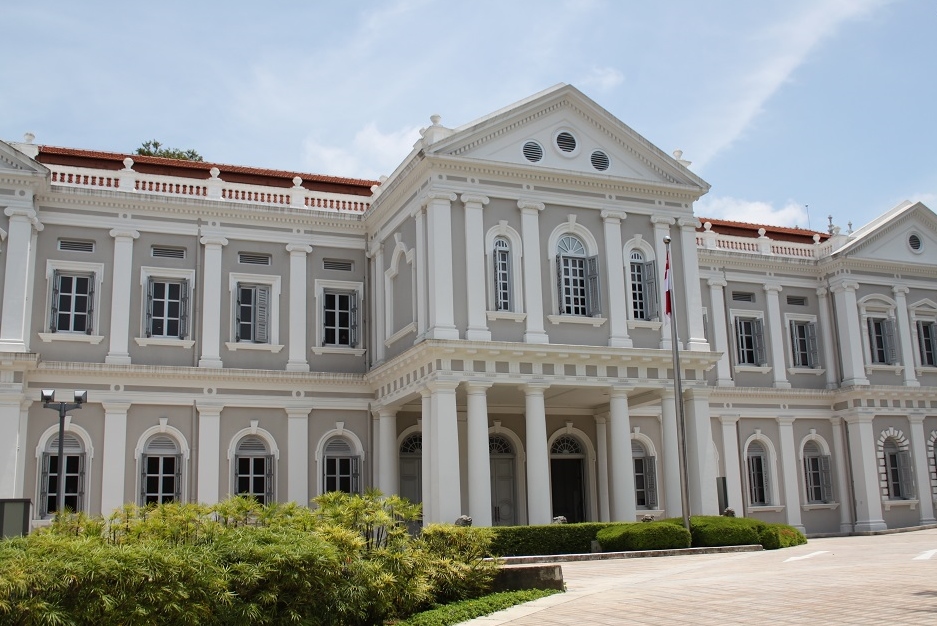


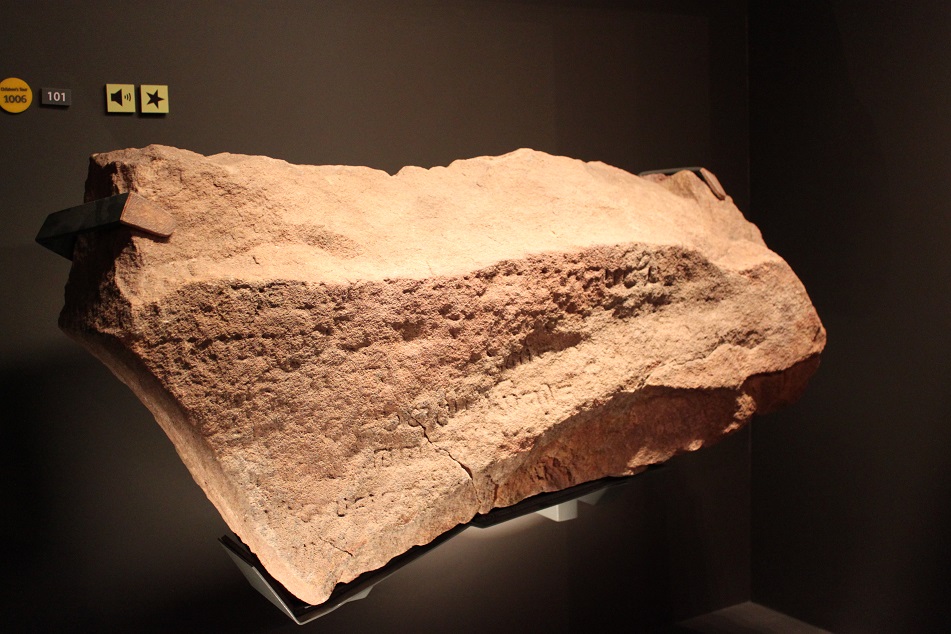
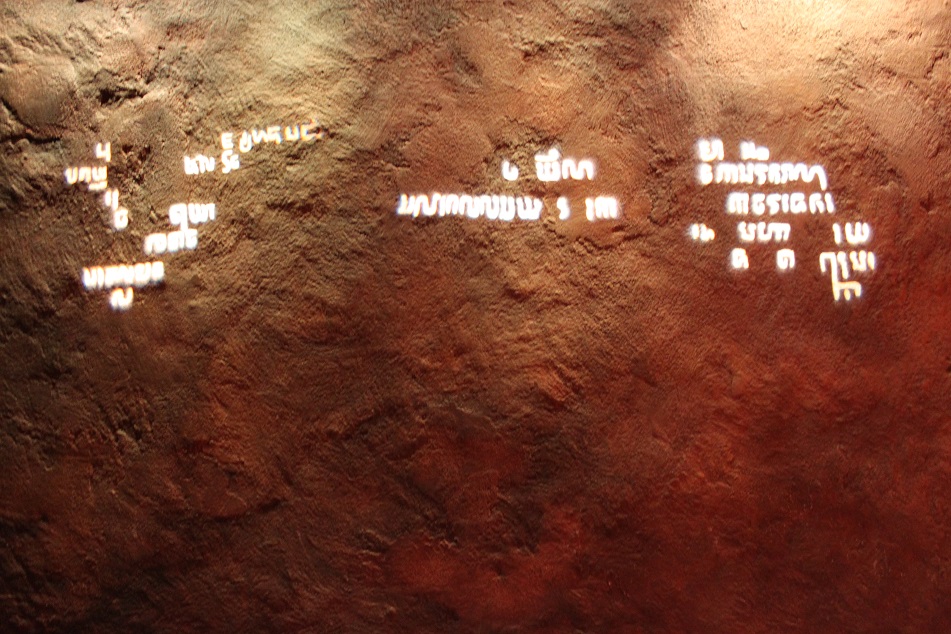
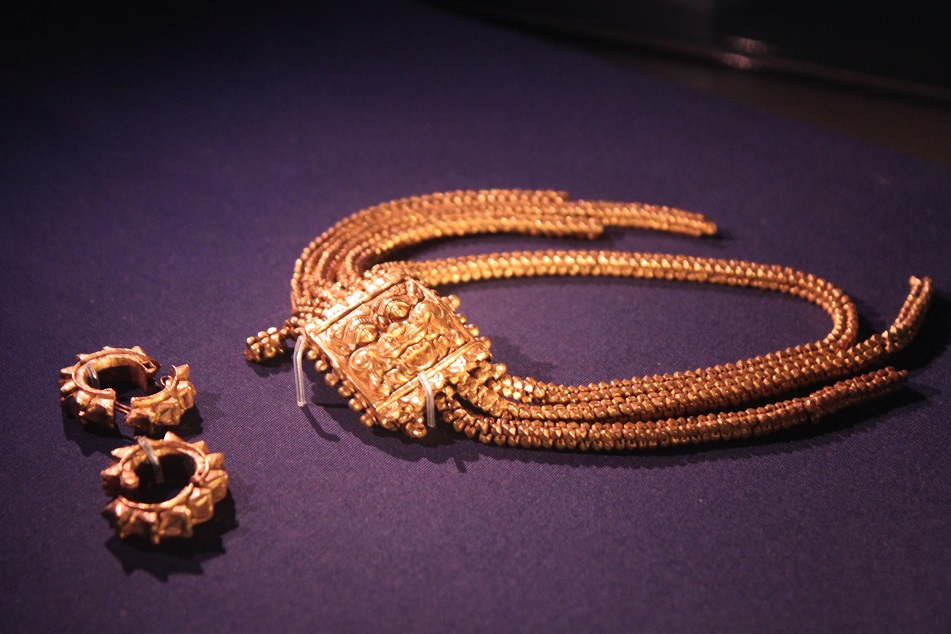
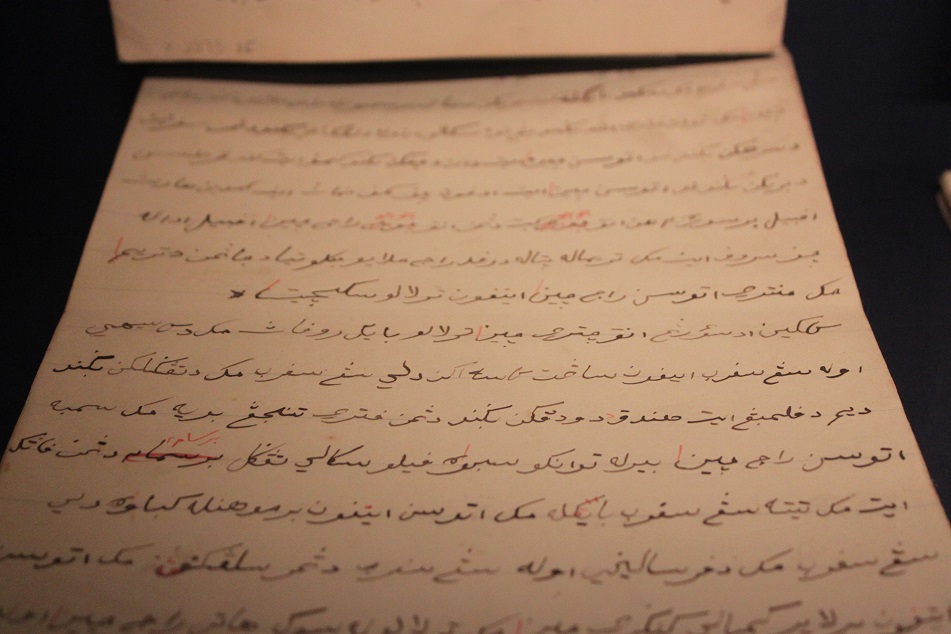
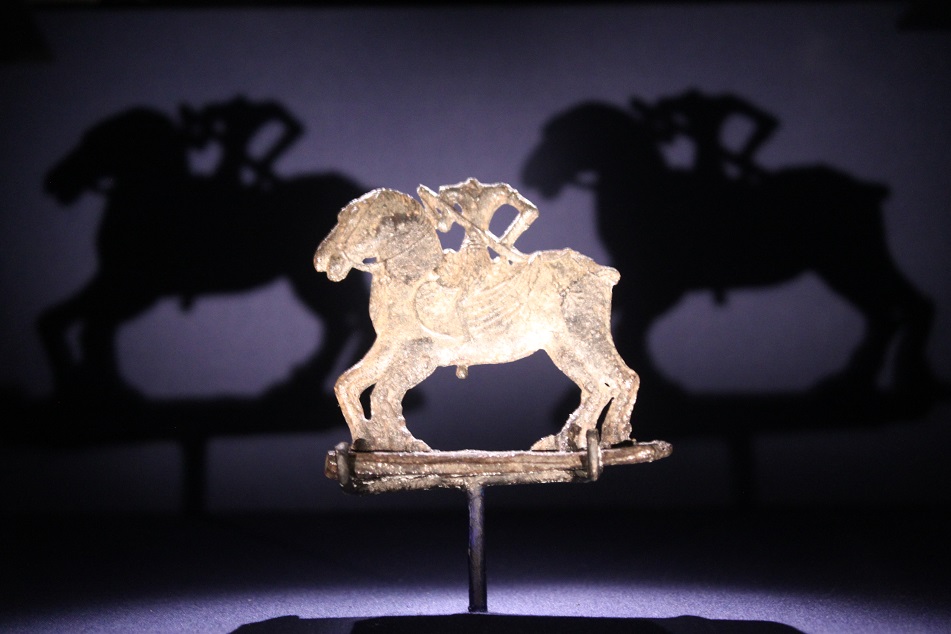
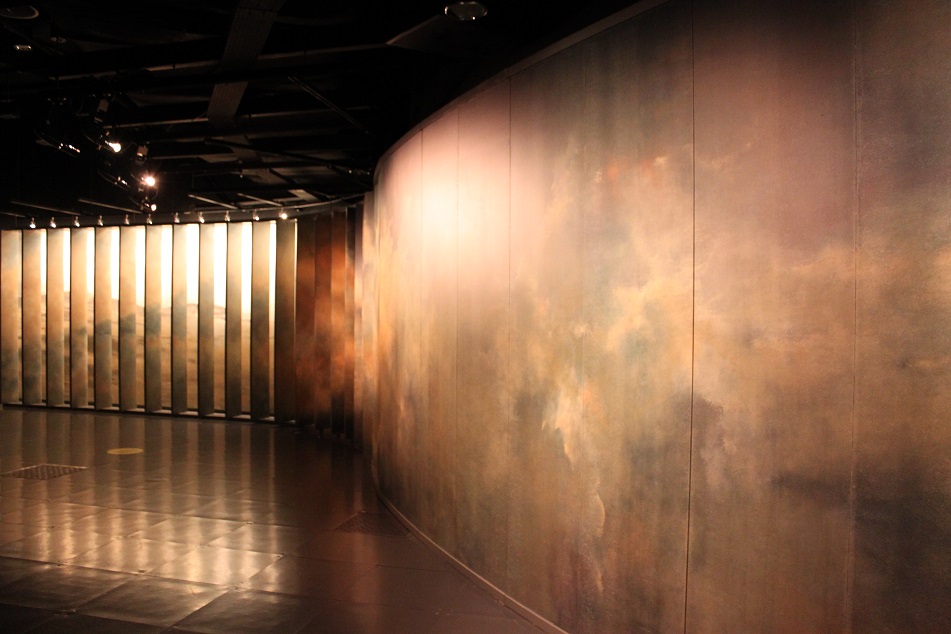
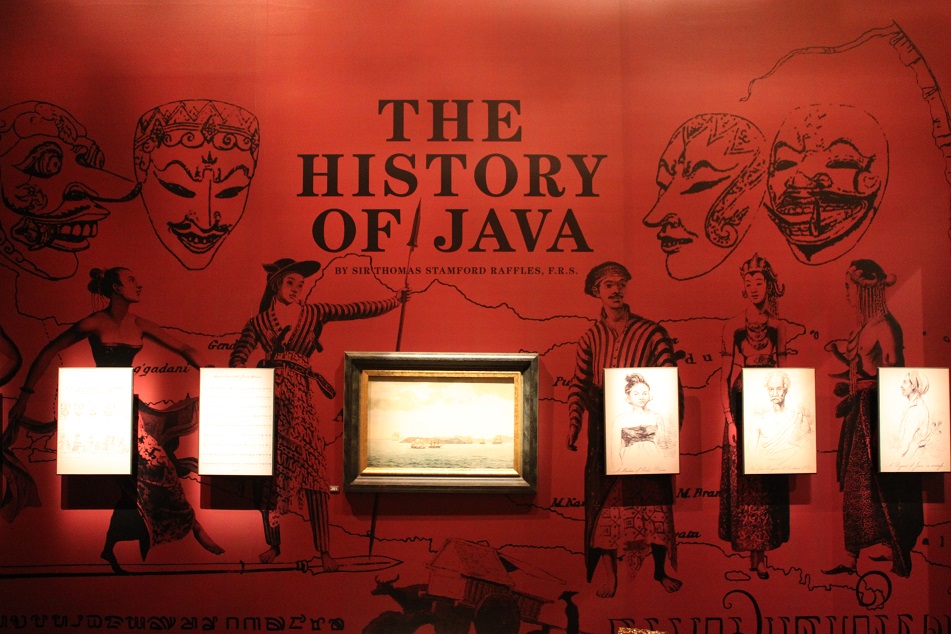
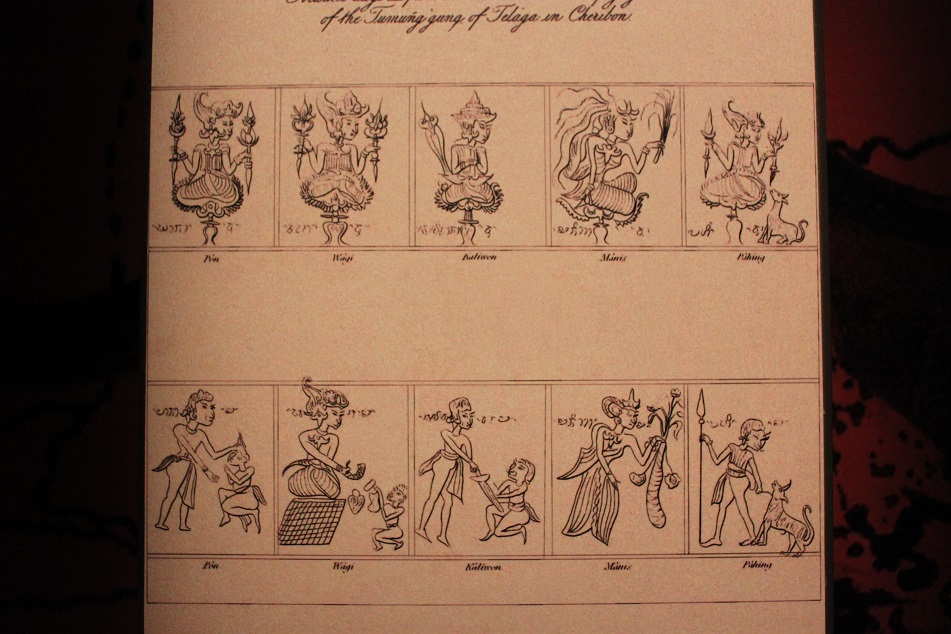
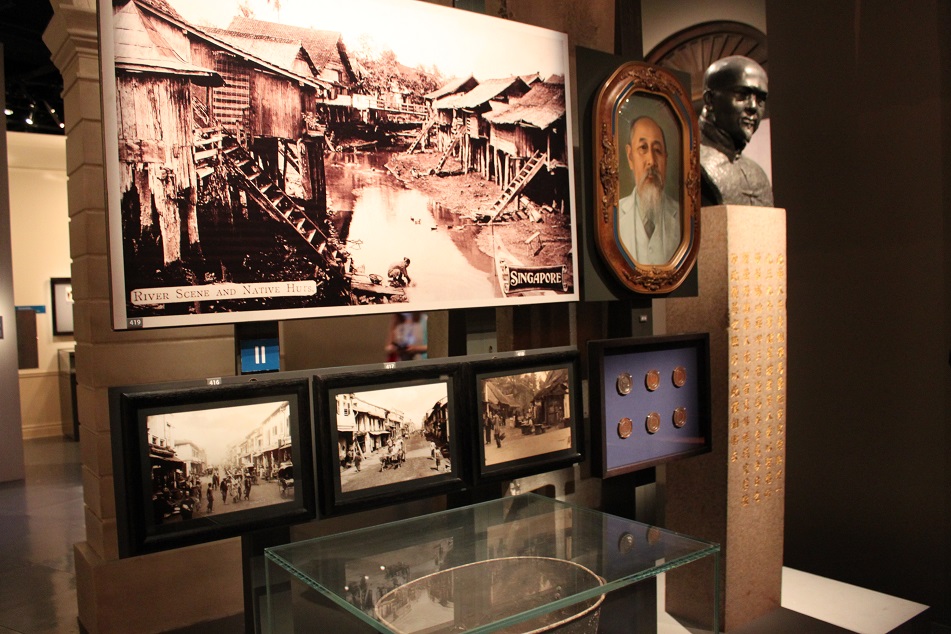
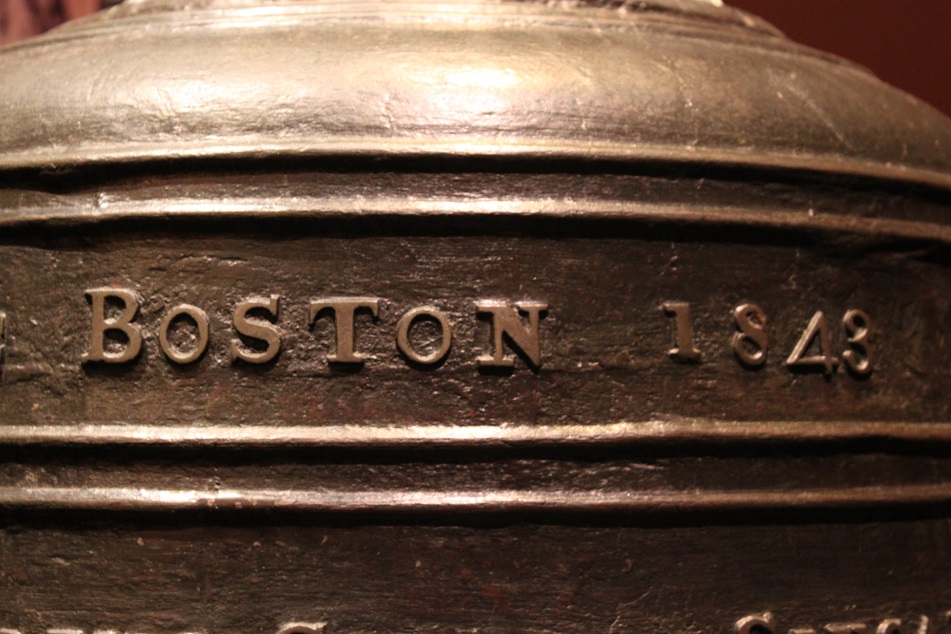
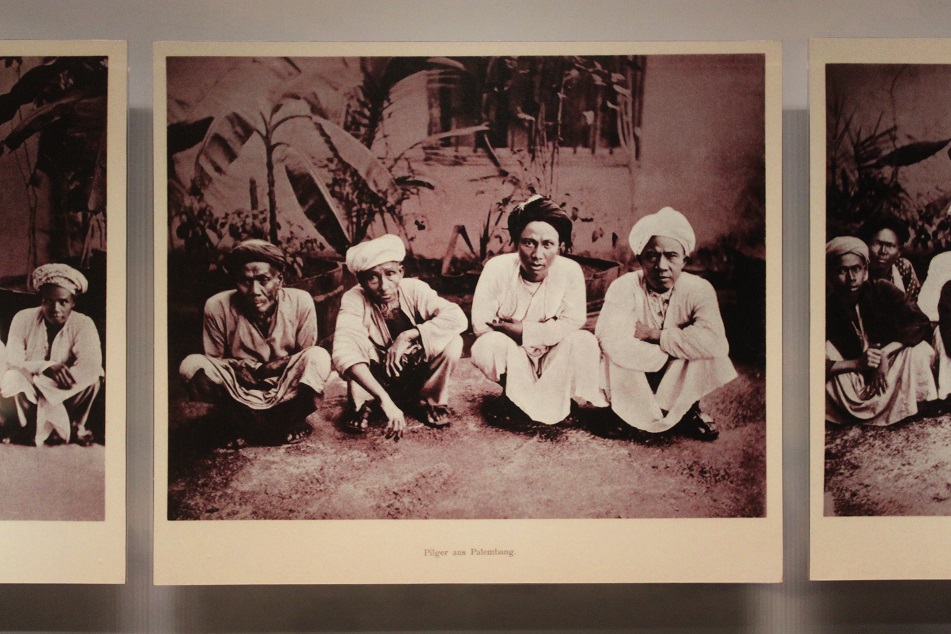

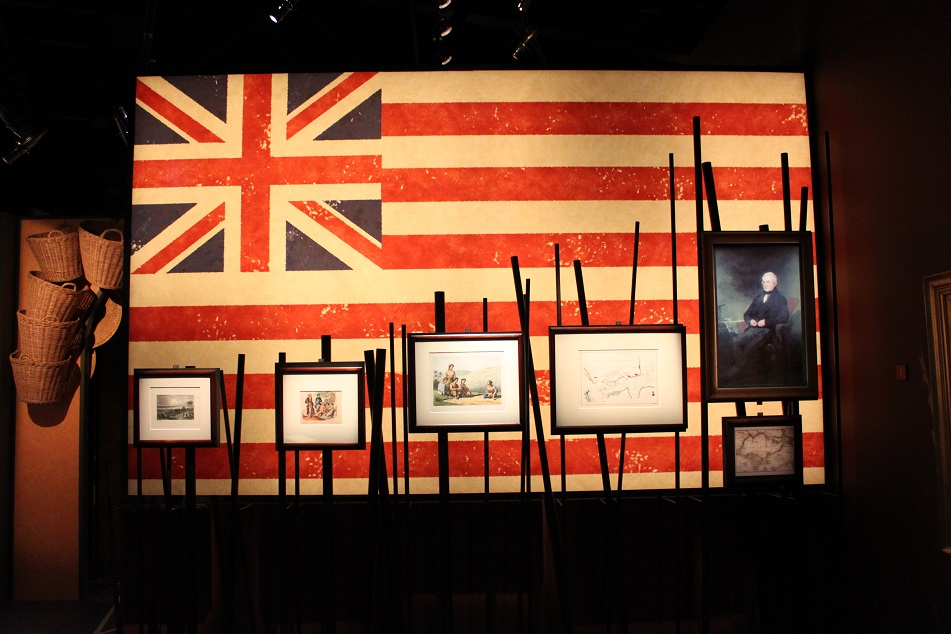
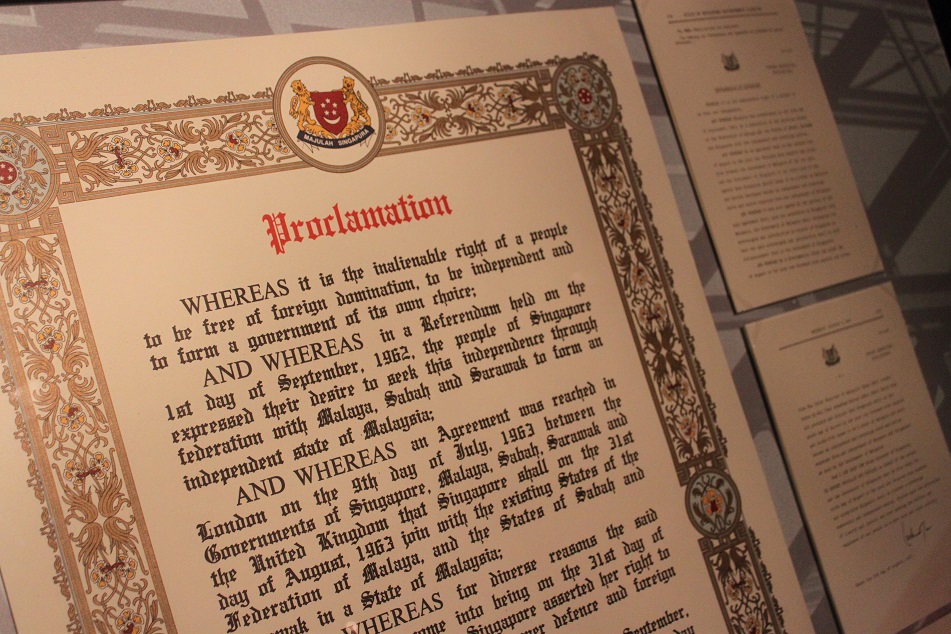
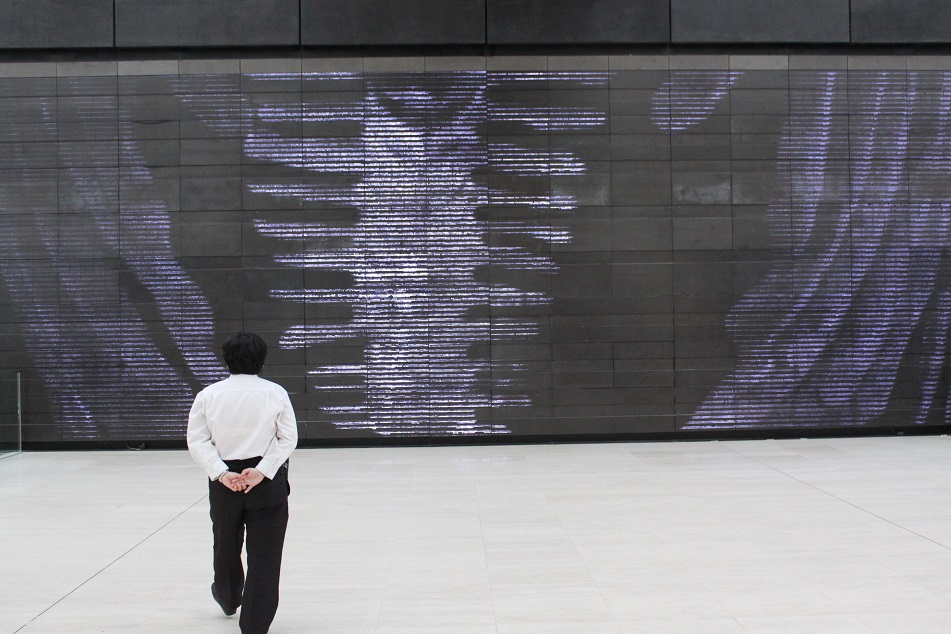
amazing – brilliant – Compliments
LikeLike
Well thank you so much, Mihran. Really appreciate your comment.
LikeLike
Reblogged this on SE Asia Travel and Stuff.
LikeLike
The National Museum is really pretty!
I’ve attended a wedding there once and it was amazing.
LikeLike
It certainly fits for a lavish and elegant wedding, among other things. It also demonstrates that preserving old buildings with rich historical values benefits everyone.
LikeLike
That was quite a history lesson! Menarik
LikeLike
Terima kasih! It’s quite interesting to know that a small place like Singapore actually has such a long history.
LikeLike
My homeland 🙂
LikeLike
Singapore is one fine city, indeed. 🙂
LikeLike
Hey JY is from Singapore, how did you find it as a place? I found it is somewhere where you have to know a local to get the most from it.
Did you go to Clarke Quay? How did you find the hawker centres? I used to really enjoy the different mango teas in Tiong Bahru and the Japanese ice cream on Boat quay?
Let me know your feed back im so jealous I never got to go to Flores, the boat broke down and I would’ve had to wait a week.
Cheers Dale
LikeLike
Hi Dale! Actually Singapore is relatively easy to navigate, but probably this is because of the fact that I live in a big chaotic place that is Jakarta. Unfortunately I’ve never been to Clarke Quay but I quite enjoyed the local dishes at Newton Circus, Chinatown, and my new favorite: Katong laksa near Joo Chiat.
It’s too bad that your boat broke down. But there’s always the next time. When you do go, make sure you don’t miss snorkeling at the Ink Beach. It’s just so amazing!
LikeLike
I was very impressed with the National Museum in Singapore – and also Peggy’s clear pride in her country as she narrated its story. It was very compelling. I liked how you gave us some of the wider context in this article, especially when it came to the different empires and Raffles’ time in Java!
LikeLike
I have to admit that prior to the visit I only knew Singapore as a tiny Southeast Asian country which throughout most of its history was a part of the region’s powers. Not only the National Museum was impressive, but it also gave me information I didn’t know before. Plus, Peggy’s pride made the tour a lot more interesting. 🙂 Speaking of Raffles, it’s natural for me to include him in the story as he played a pivotal role both in Javanese heritage rediscovery and Singapore’s establishment as a modern city.
LikeLike
Pingback: Singapore Through Times | milamoki
Reblogged this on Chronicles of Yoyo and commented:
A little “me-time” this evening and I chanced upon this informative blog article on Singapore’s history. It would be great to visit the museum when we’re back in Singapore to “recap” and “refresh” my memory.
LikeLike
National Museum of Singapore is the best museum i have been to.. frankly I am not much of a museum person.. but this museum is so interesting.. I loved the audio tour of the history gallery.. really interesting.. been there twice!
LikeLike
From the outside the beautiful facade of the National Museum had captivated me even before I went inside. Then, all the scrupulously arranged artifacts made me stay longer than I initially planned. I can see why you went twice. 🙂
LikeLiked by 1 person
Hey very nice blog as well as beautiful pictures..:)
As a traveler I always wish to visit new place or read something about new place..so your blog fulfill my desire.:)
LikeLike
Thank you! I’m really glad this blog does that to you. I really appreciate it! 🙂
As for me, the more I see the world, the more I realize there are so many amazing places on four corners of the planet. Happy traveling!
LikeLiked by 1 person
Thank you 🙂
Happy & safe traveling..If you have time check my writing & post your valuable comment also or any correction 🙂
LikeLike
Such an interesting post. When I am in Singapore again, I will have to go to the museum. Having a Singapore sling in Raffles is also worthwhile, although a little expensive, but gives you a taste to Colonial times.
LikeLike
Singapore has quite a number of decent museums to visit. I didn’t have enough time to go to the Asian Civilisations Museum, though. Ah, maybe the next time I go to the city I really have to give the Singapore Sling a try! 🙂
LikeLiked by 1 person
Really nice post to read. I have never been to Singapore, although it is in my future plans. It was great to read some background story on the city.
LikeLike
Hi Caroline. Most people go to Singapore only for a short visit, mainly due to their connecting flights between Asia and the rest of the world. But it has some places well worth visiting, for instance the museums, old quarter and multicultural neighborhoods. Hope you make it to this part of the world sooner than later! 🙂
LikeLike
A great read Bama. I enjoyed the historical detail. Had never heard of the Singapore stone before. The script doesn’t seem anything like Sanskrit. Now you have piqued my curiosity 🙂
LikeLike
Neither does it look like any of the ancient scriptures in the region. It will remain a mystery which actually makes it a source of fascination. Thank you, Madhu… You really have to go again to Southeast Asia soon! 🙂
LikeLike
Great pictures!! Great read 🙂 Will definetly come back more often 🙂
http://obsessedorhotmess.wordpress.com
LikeLike
Thank you for your kind words! Would be great to have you back here. 🙂
LikeLike
Great article, Bama! I haven’t had a chance to visit the National Museum of Singapore.
The stone with the engraving was found on the small hill near Tanjong Singapura when they (labour of Raffles and Farquhar) were digging the land to move the soil from the small hill to cover the swampy Kampong Gelam land nearby which was covered by the mud and water in order to make Kampong Gelam as business area that was suggested by the first Singapore’s resident colonel William Farquhar after a long debate with Raffles. The stone was covered by the bush when they found it. Lots of people came to see these stone and were trying to read what is the writing means. The size of the stone was 1.8 meter before crushed by the labour that supervised by the Engineer named George Drumgold Coleman according to Abdullah bin Abdul Kadir, but actually the one who crushed the stone was D.H. Stevenson (engineer of civil development and residential) in his work to widened the river.
Have u visited Labrador park? It’s a history park about British against Japanese in World War. This park isn’t well known, even among the Singaporean that I met in airport! I’ve asked about this park at the information counter of Changi airport and she had no idea where it was. It’s located along Labrador Village Road, off Pasir Panjang Road. The attractions are tunnels, gun emplacements, observation posts, and war bunkers. There are a cannon. British was placed the cannon pointing towards the sea, but they were never did firing. The British had concentrated on fighting a naval invasion, but not prepared to defend from an attack from land not from the sea. That was why Singapore fell easily among the other factors such as absence of tanks, lack of fortification in the north.
Lots of people come to the sea nearby the Labrador to fishing.
LikeLike
Thank you for the wealth of information you share here. I really wish one day someone somehow will decipher the stone as learning about the past can give us interesting perspectives on the history that shaped a society.
Actually I’ve never heard of Labrador Park before and I googled it just now. It looks like a very interesting place, and the fact that most people — even Singaporeans themselves — are not aware of it makes the park even more intriguing. Who would’ve thought that conquering an island like Singapore by land forces was more effective than attacking it from the sea? Very interesting. Thanks again for sharing this.
LikeLike
I had a great time at the Singapore muzeum when I was there for a Renaissance painting exhibition. Its such a beautiful place!
LikeLike
It really was! Apart from the facade, I liked how the displays were divided into such an interesting chronological order — including the wall of obscurity.
LikeLiked by 1 person
Reblogged this on Curiosidades del mundo.
LikeLike
Pingback: George Town’s Light and Shadow | What an Amazing World!